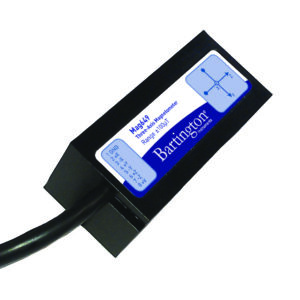Aerospace & Space
Attitude Control
Satellites, sounding rockets or balloons use the Earth’s magnetic field as a reference to determine their, and by extension their payload, orientation. Knowing which orientation, the instruments on board or the craft is in is essential.

Depending on the application, and the altitude of use, multiple sensors can be used, from the low power Mag648 to Spacemag-lite.
Compass Calibration
Satellites, from small CubeSat to larger platforms, will likely have a magnetometer on board used typically for attitude control. It is also typical, once installed, to perform system checks to account for distortion caused by the rest of the satellite.

Using one of the Helmholtz Coil systems (typically 1m or larger), a precise field can be generated around the satellite and determine accuracy of the on-board magnetometer.
Magnetic Field Mapping
Magnetometers on board satellites or balloons are also used to perform magnetic field surveys used to study the Earths’ magnetic field.

Vector magnetometer are here again well suited to this work. Spacemag-Lite offer the benefit of a two-part construction option to remotely locate the sensor head from the main part of the satellite. For lower altitude measurements, two-part sensors such as Mag612 could offer the same benefit.
Satellite Magnetic Hygiene
In some cases, spacecraft are going to be extremely sensitive to exposure to magnetic fields, or it is going to be critical that the signature of the satellite is kept to a minimum. Fluxgate magnetometers or hall probes can be used to monitor either field exposure or measure signature of components.

For signature measurements, the Spectramag-6 combined with the Mag-13MS100 or Mag690-100 will be suitable. Alternatively (depending on the resolution required) the TFM1186 is also adapted to this work.

For field exposure monitoring, the above equipment is perfectly suited. In the event larger fields are anticipated, the THM1176-LF (or MF if field above 8mT are expected) or 3MTS will be more suitable for this work.
